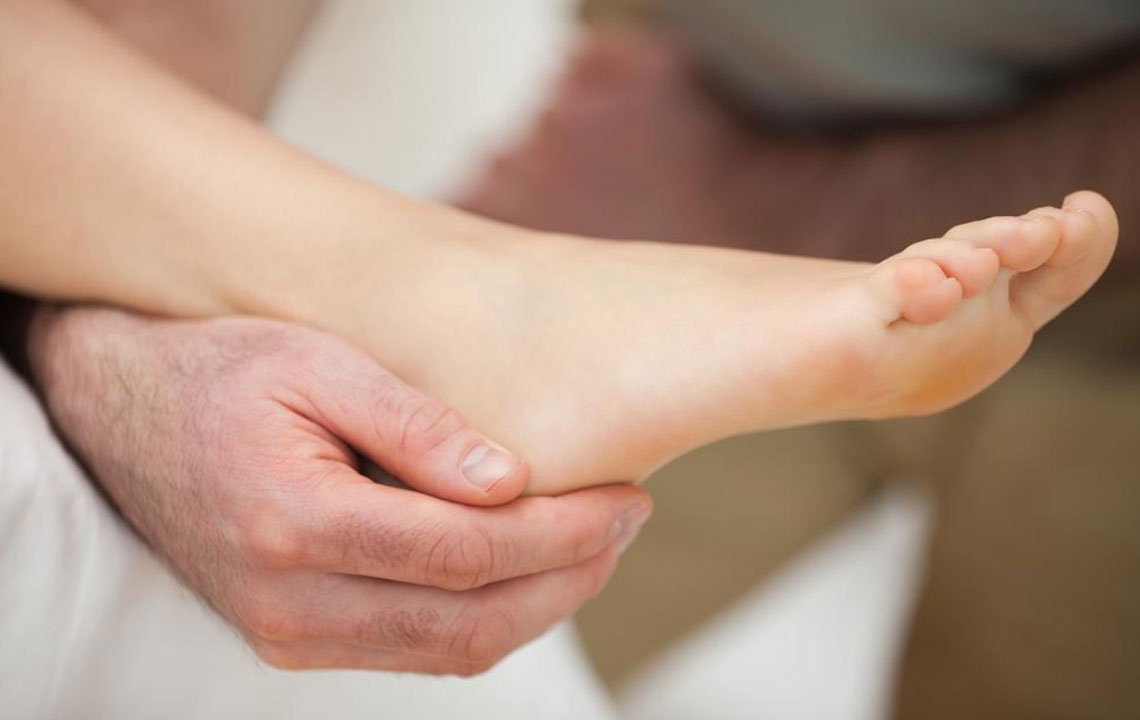Burning Feet Pain Relief

Our feet bear our entire body’s weight. They help us to stand upright, walk, jump, run, i.e., conduct all physical activities that require one to move from one place to another. However, our feet are usually taken for granted. Any discomfort to the feet should always be taken seriously as a fatal condition might impair us from performing even simple activities like walking to the washroom.
A common complaint of diabetes patients is burning feet pain. Basically, burning feet sensations may be nothing to worry about or can be indicative of a critical health issue. The situation differs from person to person. It is best to seek professional help to be sure. Doctors do treatment for burning feet pain relief.
Neuropathy
In most cases, doctors diagnose neuropathy to be the root of the problem. This is a condition where a person suffers from a sense of burning or pain, usually on the soles, that generally worsens during bedtime. Burning sensations in the feet may be indications of nerve damage. The patient usually suffers the discomfort due to the nerve fibers getting damaged and overactive. These nerve fibers send signals to the brain, though there is actually no cut or wound in the feet.
Some patients may also feel numbness, tingling feeling in the feet, tenderness, or hypersensitivity. The symptoms may vary from person to person. In case you visit a specialist at the very onset of the problem, the doctor can suggest you necessary advice to prevent further nerve damage and provide burning feet pain relief solutions.
Causes of Burning Feet Pain
Burning feet pain is most common in patients with diabetes. However, some other health conditions may also result in burning feet pain. Some other disorders are as shown below.
- Alcohol abuse
- Nerve damage
- High blood pressure
- Chronic kidney diseases
- Hypothyroidism or low thyroid level
- Vitamin B deficiency
- Gout
- Nerve entrapment
- Lyme disease
- Athlete’s foot
- Trauma
- HIV/AIDS
- Fatigue
- Metal poisoning
- Contact dermatitis
- Erythromelalgia
- Fluid retention
- Circulatory disorder
- Inflamed blood vessels
- Sarcoidosis
- Exposure to chemicals or toxins
If a person is already undergoing treatment for either of these health concerns, the pain or irritation of the feet is likely to get resolved with time. Burning feet sensations can also be due to ongoing therapies such as chemotherapy or drugs for the treatment of ailments such as HIV. Such conditions may also be the side effects of certain medication or overdose of prescribed drugs. The doctor in such situations may stop the medication or replace it with an alternative brand or composition to best suits the patient’s condition and provide burning feet pain relief.
Treatment for Burning Feet Pain Relief
Although there is no actual treatment for burning feet sensations in patients, doctors try to find out the exact cause that leads to the problem. This involves blood tests, physical examinations, and understanding the patient’s medical history.
Moreover, doctors suggest cold baths as a burning feet pain relief remedy. They also prescribe vitamin B supplements as its deficiency can often trigger such problems.
Health experts always suggest that patients should wear comfortable footwear at all times. Medical shoes and comfortable soles are ideal for proper foot care and burning feet pain relief.
Home Remedies
Some home remedies that might provide burning feet pain relief to some extent are as follows.
- Cold water
Soaking feet in a tub of cold water can provide cooling relief to the burning feet almost instantly. Alternatively, you can also try using an ice pack for comfort. This technique, however, does not work for patients suffering due to erythromelalgia. - Warm water
Soaking the feet in warm water improves the blood circulation in the feet and relaxes the muscles and reduces pain or burning feeling in case of injury, trauma, muscle strain or overuse of the feet. - Turmeric
It improves blood circulation and reduces inflammations. You can either apply the paste over the feet or you can drink it mixed with water or tea. - Epsom salt
A tub filled with warm water and half a cup of Epsom salt is ideal to treat and help in burning feet pain relief. You should soak your feet in a tub for at least 15 to 20 minutes. - Massage
These are perfect to relax the feet, body, and mind of a person. A gentle massage of the feet helps relieve knots, improve blood circulation, and reduce pain or burning feeling. One can choose the preferred intensity or technique as per individual preferences. - Thyme
Thyme is believed to work wonders for burning feet relief. You need to fill two tubs: one with cold water and a handful of thyme and another with warm water and thyme. First, soak the feet in the warm water for 3-5 minutes and then soak them in cold water for 3-5 minutes. Doing this technique for a couple of times, preferably for at least 20 minutes, regulates blood flow and reduces discomforts due to athlete’s foot.


